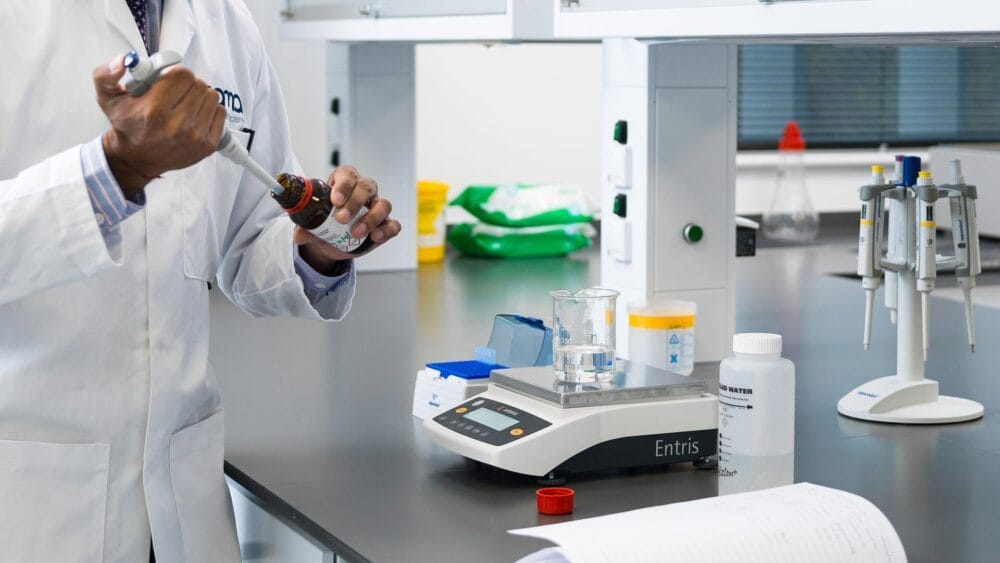Posted
28th June 2019
Research
The next article in the AJIC special issue on ‘Disinfection, sterilization, and antisepsis’ is a mini-review on whether there is a relationship between biocide use and antimicrobial resistance. Reassuringly, despite the widespread use of biocides in healthcare settings (and in consumer markets), acquired resistance has rarely been reported.
The review begins with setting some terminology and drawing a helpful distinction between antibiotics (which usually have a single target in the bacterial cell) and biocides (which typically have multiple, simultaneous targets). For this reason, antibiotic resistance is ‘easier’ for a microbe to develop. In the case of antibiotics, resistance often develops rapidly and spreads quickly. However, in the case of biocides, despite many years of use in hospitals and elsewhere, biocide resistance is very uncommon.
There are some cases where reduced susceptibility to some biocides has been reported (e.g. reduced susceptibility to chlorhexidine), but in many cases this is a temporary up-regulation of certain molecular processes, which provides a small reduction in susceptibility that isn’t clinically meaningful. There are only a few occasions where true biocide resistance has been reported. On the other hand, as we know all too well, antibiotic resistance emerges relatively rapidly and is most certainly clinically relevant!
There is a concern that since some of the mechanisms of biocide reduced susceptibility and antibiotic resistance are shared (e.g. the use of pumps in the cell membrane to pump out unwanted substances), there may be cross-resistance between biocide reduced susceptibility and antibiotic resistance. Whilst cross-resistance between biocides and antibiotics has been demonstrated in laboratory experiments, it is not an issue clinically because microbes remain susceptible to in-use concentrations of biocides.
Reduced susceptibility of microbes to biocides has not become a clinically-relevant issue so far – but careful vigilance and surveillance is required to ensure that the biocides that we rely on for hospital disinfection remain active against their target organisms.
SHARE THIS ARTICLE
Tags
Latest News
Introducing HEXI HUB: A seamless transition in our product line
We’re pleased to announce an update to our product offering…
Innovative solutions for tackling Carbapenemase-producing Enterobacteriaceae (CPE) at King’s College Hospitals
King’s College Hospital NHS Foundation Trust, one of London’s largest…
Gloves Off: reducing unnecessary plastic waste during environmental cleaning and disinfection
In this blog, Dr Phil Norville discusses the momentum-gaining ‘Gloves…
Gloves Off: Navigating SDS sheets and skin safety claims in environmental decontamination products
In this blog, James Clarke (Head of R&D, Science &…




